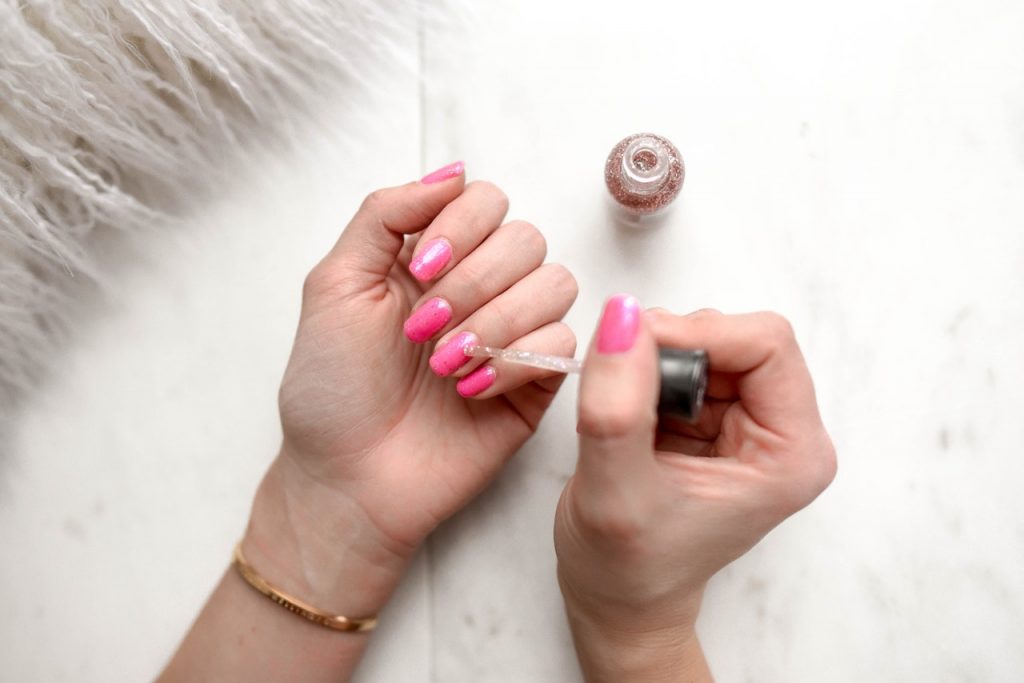Our fingernails are comprised of laminated layers of keratin. While we may not always give them much attention, except when we want to color or trim them, they actually play certain roles that are important to our daily grind. Fingernails are responsible for making our fingertips strong, allowing us to perform daily tasks. They are also responsible for our ability to pick up and grip things or to make scratching movements. Additionally, they protect against viruses and bacteria that may enter our body through our fingers.
Medical practitioners often use fingernails to assess the condition of patients. By just looking at the appearance of the fingernails, doctors may tell if a patient is suffering from certain conditions that require medical treatment.
Signs that Fingernails Are Healthy
Healthy fingernails are often smooth and are mauve or pink in color. The color is due to the healthy tissues underneath them. When pressure is applied to the area, the pinkish color can disappear and be replaced by white color. The pink color returns once the pressure is removed. Such is a sign that blood is flowing well into the tissues underneath the nail.
Healthy fingernails are strong and don’t break easily. They also do not have dark lines, nor do they show ridges, particularly horizontal ones. Having cuticles are also a good sign, as this means that your nails are well protected from bacteria.
Signs that Fingernails Are Unhealthy
Unhealthy fingernails may be signs of underlying medical conditions that require immediate treatment. It is recommended to consult a medical practitioner immediately if the following signs are present in your fingernails:
- Brittle nails. This can result from frequent polishing of the nails, but they can also be caused by aging. Unfortunately, they can also be a sign of more serious conditions, such as anemia or hypothyroidism.
- Clubbing. An excessive rounding or curving of the nails may be caused by conditions that need medical attention. These include inflammatory bowel disease, pulmonary diseases, cardiovascular diseases, AIDS, and liver diseases. This can also be an indication of low oxygen levels.
- At times, nails can become very rounded, with their edges almost touching each other. This condition is commonly caused by aging but may also result from cysts or tumors, psoriasis, or fungal diseases.
- This is a condition where the nails make a U-shape instead of the usual C-shape. People with this type of fingernails might have chronic iron deficiency.
- Horizontal lines. The appearance of up-and-down lines on fingernails are normal. However, if the lines are horizontal, they can indicate low levels of albumin. Albumin is a type of protein that is essential for maintaining the balance of fluids and transporting important substances in the body.
- Pitting. A condition where tiny dents appear in fingernails, pitting may be a sign of psoriasis or alopecia areata.
- Spooning. Characterized by nails that scoop upward and with raised edges that make nails appear like a spoon, spooning, or koilonychia can signify heart disease, hypothyroidism, Raynaud’s disease, lupus erythematosus, iron deficiency anemia, or heart disease.

Ways to Take Care of Your Nails
Keeping our nails trimmed and giving them some color are some ways to pamper ourselves. They add to our confidence and help augment our self-esteem. We may even hire nail professionals to keep our nail designs up to the going trend. Keeping an Afro magazine subscription also helps, as it provides a variety of tips and guides not only on nail care but also on skincare and the latest fashion trends.
Apart from this, we must always practice good nail hygiene. Applying moisturizer is a good idea, as well as taking nutritional supplements like biotin. As much as possible, it is also important to keep our nails dry and clean. Prolonged and repeated contact with water can lead to split fingernails. Dirty fingernails may allow bacteria to get inside your fingers.
For some of us, taking care of the fingernails may be last in our list of priorities. Keeping the nails manicured may also give them a healthy appearance, but it is not enough to ward away certain conditions that may affect our health. As much as possible, try not to have cuticles removed. They are there for an important reason—sealing the skin firmly to the nail plate. Removal can lead to infections, so always be careful when having them removed. When working with nail care professionals or with salons, always make sure that they have proper licenses and sterilize their tools. Doing so can help you avoid problems in the long run.
